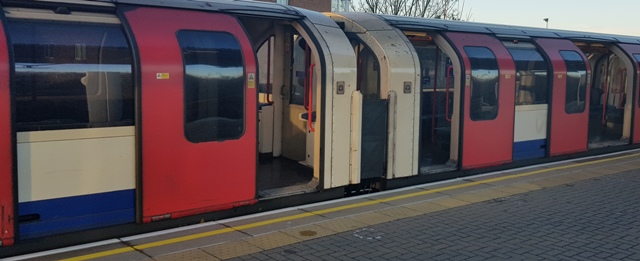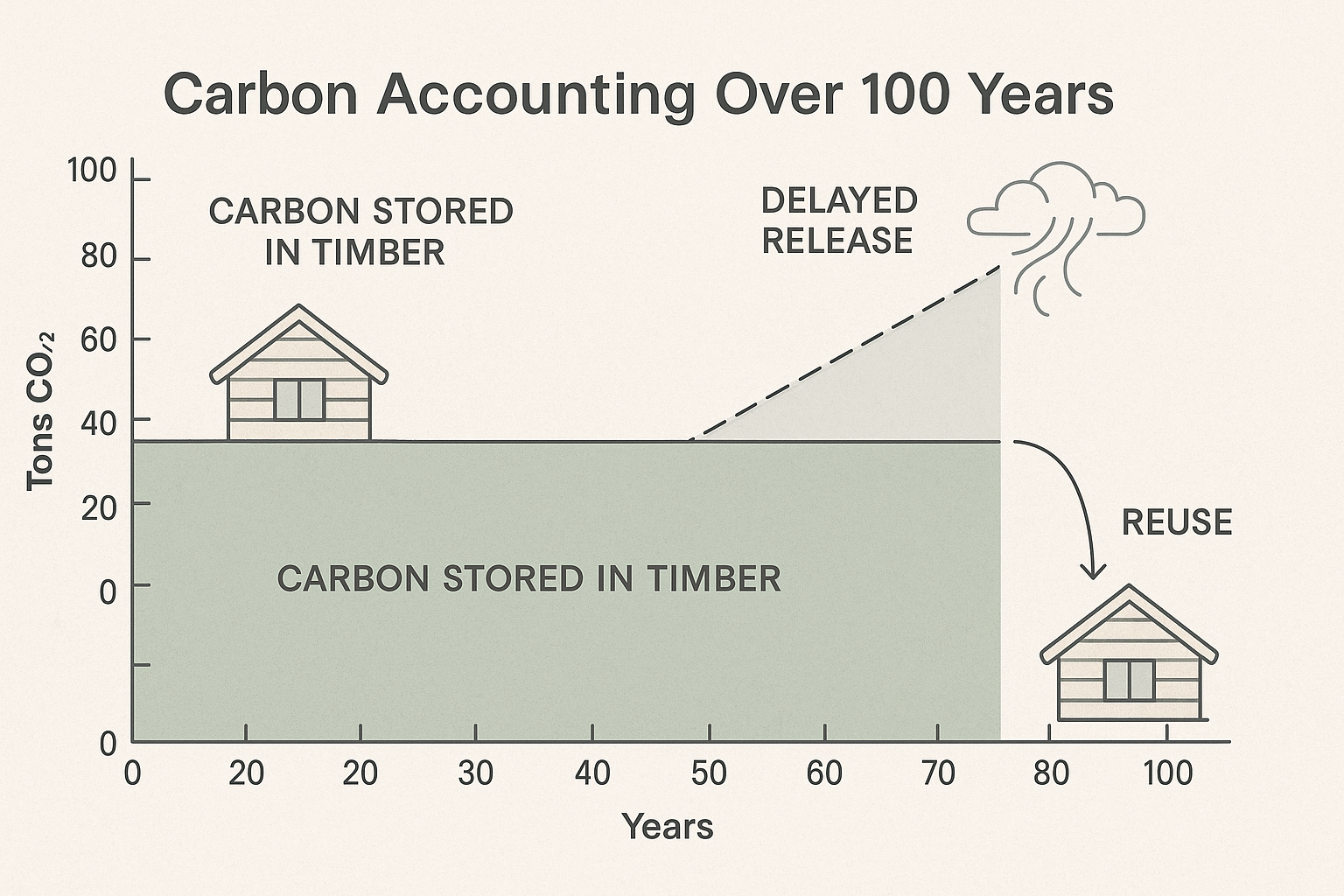EVs will lose congestion charge exemption in January
But in order to promote the switch to electric vehicles (EVs), greener drivers will pay a discounted rate.
London, November 13, 2025, (Oilandgaspress) –– The Mayor of London and Transport for London (TfL) have today confirmed new measures to ensure the Congestion Charging scheme continues to accelerate the capital’s green transition while supporting businesses and residents – building a fairer, greener and more prosperous London for everyone.
The Congestion Charge has been in place for over two decades, helping to manage traffic and congestion in central London.
The Cleaner Vehicle Discount (CVD) was introduced in 2019 to run until 25 December 2025, but now the Mayor has decided to continue incentivising the switch to electric vehicles (EVs), so that greener drivers still pay less.
The new system, with tiered discounts available via Auto Pay, means that:
- The daily Congestion Charge will increase from £15 to £18 from 2 January 2026 – a lower than inflation increase and the first increase since 2020
- As part of the first phase from 2 January 2026, there will be a 50 per cent discount for electric vans, HGVs and quadricycles registered for Auto Pay as well as a 25 per cent discount for electric cars registered for Auto Pay
- As part of the second phase from 4 March 2030, there will be a 25 per cent discount for electric vans, HGVs and quadricycles registered for Auto Pay and a 12.5 per cent discount for electric cars registered for Auto Pay
- Discounts up to 100 per cent will continue to support low-income and disabled Londoners, while a new tiered system will replace the Cleaner Vehicle Discount to further encourage greener transport, available via Auto Pay
- New discounts and other changes will help manage congestion and the transition to cleaner vehicles while recognising business needs such as van use
The combination of these changes enables a careful balance between continuing to support the important transition to EVs and ensuring that the Congestion Charge remains effective at managing traffic and congestion within central London. Since the CVD was introduced in 2019, the number of EVs registered has risen almost sixfold – from around 20,000 to more than 116,000 earlier this year – they will account for close to 20 per cent of all vehicles in the Congestion Charging Zone by the end of the year.

Without these changes, TfL has estimated that there could be more than 2,000 additional vehicles driving during operating hours in the zone on an average weekday. This would undermine the benefits of the Congestion Charge, leading to more queues and delays – negatively impacting London’s economy, local businesses, bus passengers and other essential services. Every year, congestion already costs London billions of pounds; in 2024 alone, vehicle congestion cost the capital £3.85 billion, averaging £942 per driver**.
Alongside the new tiered system, the Residents’ Discount will change to incentivise longer term take-up of EVs, with those currently living in the area remaining unaffected. Those who are in receipt of the Residents’ Discount prior to 1 March 2027 will retain their 90 per cent discount, regardless of vehicle fuel type. For those newly applying for the Residents’ Discount after 1 March 2027, the 90 per cent discount will only apply to EVs.
Having listened to feedback from the public consultation, there will be further support for low-income and disabled residents receiving certain benefits, so that they can continue to apply for the Residents’ Discount until March 2030 without their vehicle needing to be electric.
There will also now be a new 100 per cent discount for ‘back to base’ electric car club vehicles. This is for car club EVs that are hired from and returned to the same marked parking space within the zone. This will give residents – including those on low incomes without EV access – an option to use one for essential car journeys.

Changes to the Mayor’s road user charging guidance are also being taken forward, which would allow the Congestion Charge to be increased in line with Tube fares (or inflation plus one per cent or a lower amount) without consultation. This new procedure will ensure consistency with the approach that applies when public passenger transport fares are set, meaning the Mayor can ensure that public transport does not become proportionately more expensive than driving in central London. The wider changes now mean that procedural and administrative changes to the scheme may also be made without consultation, and the minimum consultation periods that apply when making other types of changes, have been reduced.
Information Source: Read More
Oilandgaspress,oil market ,gas prices ,Oil and gas press, Energy , Climate, Gas,Renewable, Sustainability, Oil Price, LPG, Solar, Marine, Aviation, Fuel, Hydrogen, Electric ,EV, Gas,




